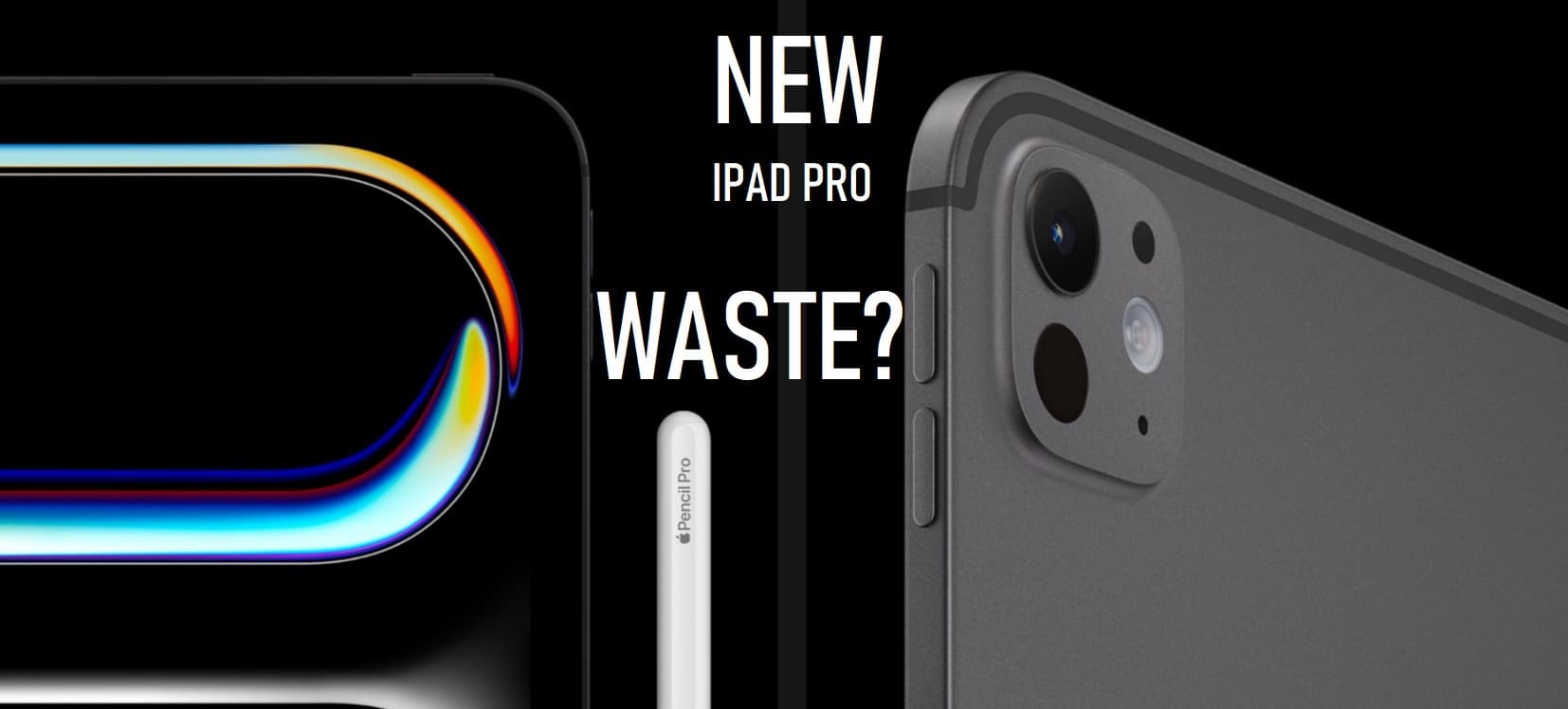Key Takeaway:
Claims about AI performance can sometimes be misleading. While numbers like “TOPS” (Trillions of Operations Per Second) are touted, real-world performance may vary. Comparing the iPad’s M4 chip to Snapdragon X highlights discrepancies, raising questions about the accuracy of performance claims.
The realm of AI performance is often shrouded in technical jargon and impressive-sounding numbers like “TOPS” (Trillions of Operations Per Second). However, when we delve deeper into these claims, discrepancies may emerge, as seen in the comparison between Apple’s iPad chips and Snapdragon processors.
Exploring AI Performance Claims:
1. Understanding TOPS:
- TOPS, or Trillions of Operations Per Second, is a metric used to quantify the processing power of AI chips. It represents the theoretical maximum number of operations a chip can perform in one second.
- While higher TOPS figures may seem impressive, real-world performance can vary depending on factors like software optimization and architecture.
2. Discrepancies in Claims:
- Claims stating that the iPad’s M4 chip can perform 38 TOPS may raise eyebrows, especially when compared to the Snapdragon X, which purportedly performs 45 TOPS.
- However, these numbers should be taken with a grain of salt, as real-world performance may not always align with theoretical benchmarks.
3. Real-world Performance vs. Theoretical Benchmarks:
- While the Snapdragon X may boast a higher TOPS figure on paper, real-world performance is influenced by various factors, including software optimization and architectural differences.
- Apple’s A17 Pro chip, with its 35 TOPS performance, may seem less impressive on paper than the Snapdragon X. Still, in practice, Apple’s tight integration of hardware and software often leads to optimized performance.
4. Considerations for Future Models:
- Some users express disappointment that the M4 chip offers only a marginal increase in TOPS compared to previous iterations.
- Speculation arises about the potential for larger NPUs (Neural Processing Units) in future iPad models like the Pro and Max, suggesting that Apple may seek to further enhance AI performance in upcoming releases.
5. Navigating Performance Claims:
- When evaluating AI performance claims, it’s essential to consider factors beyond TOPS figures, such as software optimization, architectural efficiency, and real-world user experiences.
- While impressive numbers may grab headlines, the true measure of a chip’s performance lies in its ability to deliver tangible benefits to users in everyday scenarios.
6. Looking Ahead:
- As technology continues to evolve, we can expect further advancements in AI performance across various devices.
- Users should remain discerning when interpreting performance claims, relying on a combination of benchmarks, user reviews, and real-world usage experiences to gauge the true capabilities of AI chips.
In essence, while claims about AI performance may dazzle with impressive figures like TOPS, it’s essential to approach them with a critical eye. Real-world performance and user experiences ultimately determine the true value of AI chips, highlighting the importance of comprehensive evaluations beyond theoretical benchmarks.














